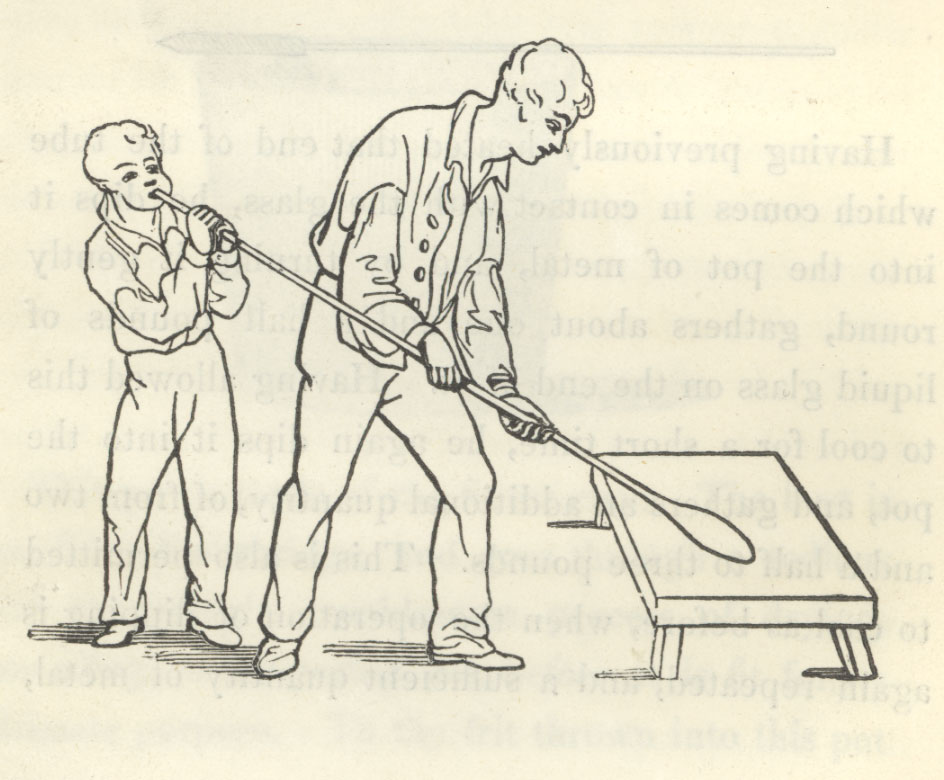Flint Glass
Image: Glassmaking. Rolling a tube of red-hot glass to reach the desired shape. The boy or gamin continued to blow through the tube. William Cooper, Crown Glass Cutter & Glazier’s Manual (1835).
Image from: Science, Technology and Management, Birmingham Central Library
Flint glass production was similar to the making of Crown glass. A ball of “metal” was placed on an iron rod, which the workman whirled around his head before rolling it on an iron slab. The “metal” was then rendered hollow by blowing down the tube. The blower then sat on a chair with arms sloping downwards and rolled the tube rapidly on the arms of the chair. A boy or “gamin” continued to blow down the tube at regular intervals until the desired dimensions were attained. Great care was needed to regulate the thickness of the glass and the workman constantly measured the glass with his compass and scale. Flint glass was of a high transparency and was often used to make highly ornate pieces of glassware. These were made principally by blowing molten glass into a hollow and then teasing the shape with hand tools or moulds to produce the desired article.
« Previous in this sectionNext in this section »Continue browsing this section
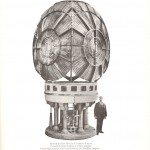 The Infinite Uses of Glass: Chance Brothers, Glassmakers of Smethwick
The Infinite Uses of Glass: Chance Brothers, Glassmakers of Smethwick
 Chance Brothers and Company
Chance Brothers and Company
 The Arrival of Expert Workers
The Arrival of Expert Workers
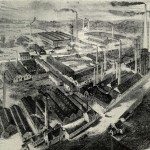 The Chemical Works
The Chemical Works
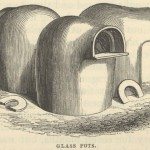 Types of Glass
Types of Glass
 Crown Glass
Crown Glass
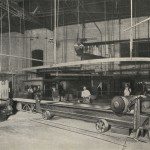 Plate or Sheet Glass
Plate or Sheet Glass
 Flint Glass
Flint Glass
 New Technology
New Technology
 Glazing the Crystal Palace
Glazing the Crystal Palace
 Glazing the Crystal Palace
Glazing the Crystal Palace
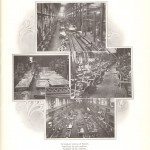 Lighthouse Production
Lighthouse Production
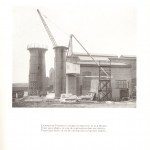 Lighthouse Production
Lighthouse Production
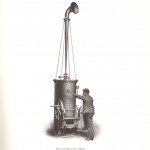 Lighthouse Production
Lighthouse Production
 Lighthouse Production
Lighthouse Production
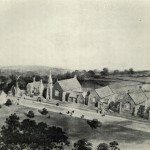 Company Philanthropic Activity
Company Philanthropic Activity
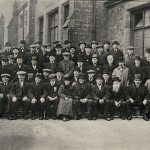 Relations between Workers and the Company
Relations between Workers and the Company
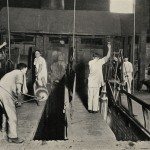 French and Belgian Workers
French and Belgian Workers
 Description of the Glassworks
Description of the Glassworks
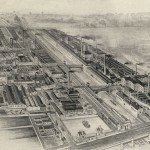 Description of the Glassworks
Description of the Glassworks



